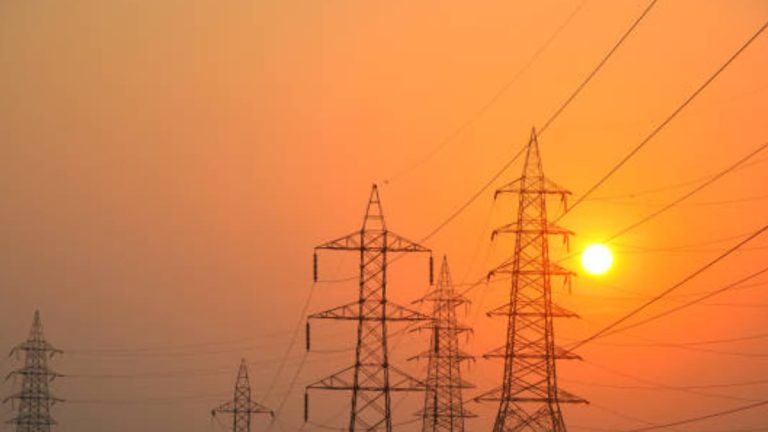
This study has important implications for policymakers to plan for effective power industry transformation, as India's electricity demand is expected to grow by nearly 6% over the next decade. (Getty)
Experts say the key to ultimately reducing reliance on coal is making battery storage cost-effective and able to meet power needs through solar energy even at night
India could avoid adding new coal capacity after 2030 if battery storage costs fell to half of current levels, according to a new modeling study by global think tanks Ember and TERI. This means battery costs will fall by 15% every year until 2030.
Currently, nearly three-quarters of the country's electricity comes from coal, the most polluting fuel. India's pledge at COP26 in Glasgow that achieving net-zero emissions by 2070 hinges on a strategic phase-out of coal-fired power generation. Experts say that while the government has yet to set a clear timetable for phasing out coal, the key is to make battery storage cost-effective to meet electricity demand through solar (renewable energy) even at night.
“Energy storage is key to decarbonizing power generation; lower costs for various storage options will accelerate economies’ energy transition.
The team explored lowest-cost pathways for energy supply-storage combinations that could help India meet future electricity demand from 2024 to 2032. Impact generation and capacity building.
Based on the modeling done, the cheapest path is an initial phase where coal generation slows as more renewable energy (RE) is built, and then coal generation levels off as RE+storage becomes Cheaper, the last period has been an absolute decline in coal generation as renewables + storage become more cost effective than existing coal plants.
Therefore, if the current BESS cost (excluding financing costs) is Rs 13 million/MWh and is declining at 7% per year, then for the lowest cost pathway, the cost will need to fall by 15%/MWh. /MWh, down more than 50% to enable India to avoid adding new coal capacity, especially to meet nighttime power demand.
“Planners now need to consider strategies for shifting solar to non-solar generation to ensure the pace of the transition does not slow down. So while reducing battery storage costs is critical, a focus on increasing annual renewable energy (RE) capacity, ensuring Necessary financing and increased flexibility at coal-fired power plants are also important.
Experts also emphasize the need for viability gap funding to facilitate battery cost reductions. By 2032, renewable energy could meet 83% of electricity demand during the day, but only 38% during non-solar hours due to current storage limitations.
This study has important implications for policymakers to plan for effective power industry transformation, as India's electricity demand is expected to grow by nearly 6% over the next decade. In fiscal 2023-24, power demand grew by 7.8%, with India hitting an all-time high peak demand of 250 GW on May 30, 2024.
